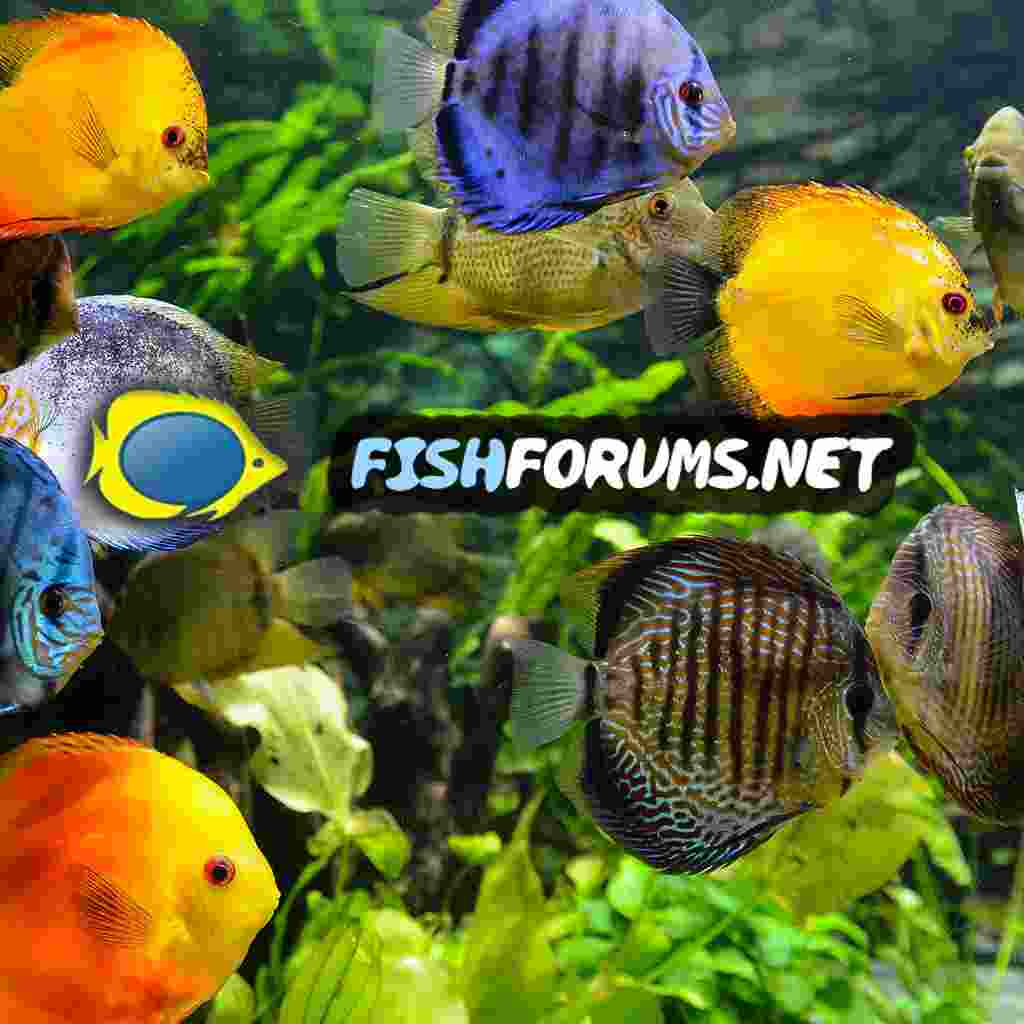so I have a large planted tank and fish that have camallanus worms. ive moved the fish to a smaller tank for treatment so I dont have to use as much medication but i want to make sure the large tank and decor is safe/clear of any sign of plants before adding the fish back.
so i plan on completely replacing the filters, boiling the wood and rocks, thoroughly rinsing the substrate, getting new floating plants. but i dont know what to do with all the other plants. theres at least $300 worth of plants so i dont want to just throw them out but i also want to make sure theres no chance of the fish getting worms again from anything in the tank.
so what should i do?
so i plan on completely replacing the filters, boiling the wood and rocks, thoroughly rinsing the substrate, getting new floating plants. but i dont know what to do with all the other plants. theres at least $300 worth of plants so i dont want to just throw them out but i also want to make sure theres no chance of the fish getting worms again from anything in the tank.
so what should i do?




